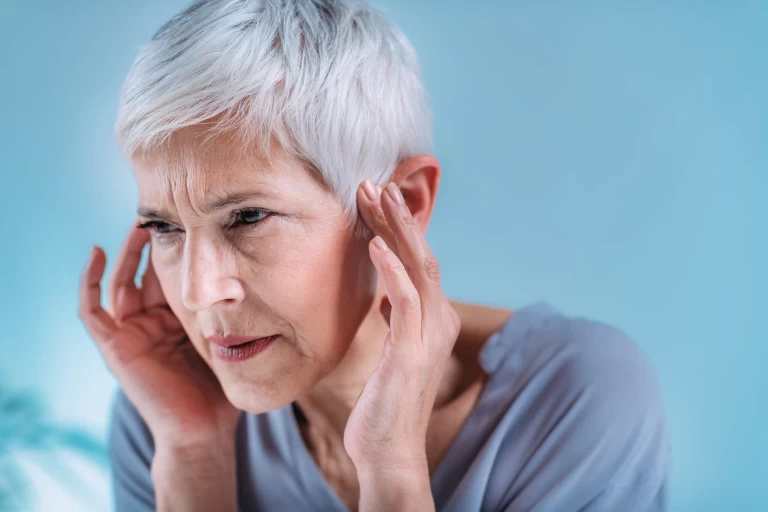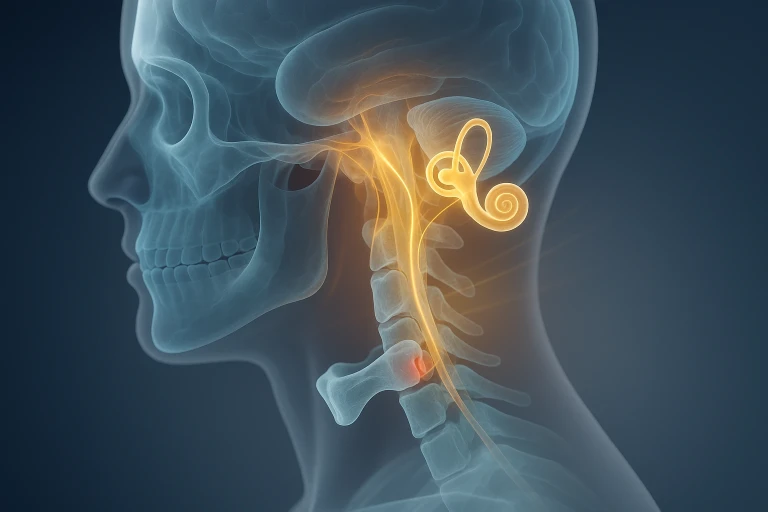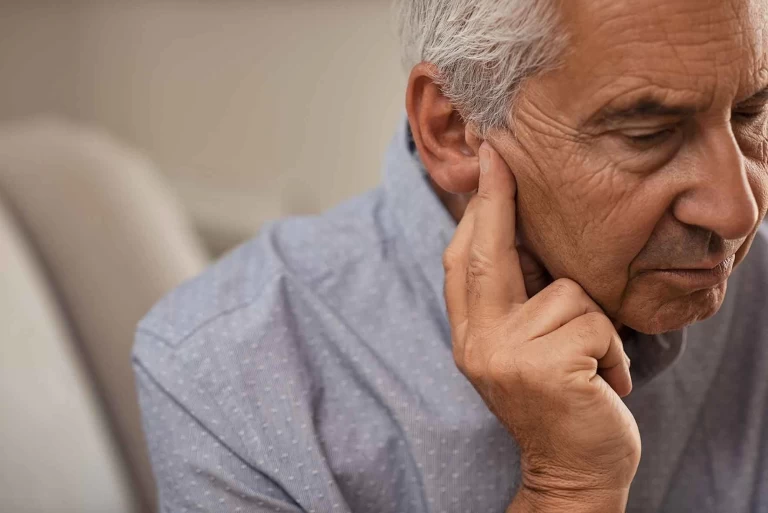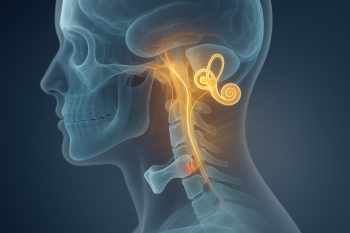
Tinnitus is one of those health conditions that can feel endless. For many people, the ringing, buzzing, or pulsing sounds in the ear are not just irritating—they’re exhausting.
Mainstream medicine often has little to offer beyond masking strategies, leaving patients feeling stuck with an invisible, relentless problem.
By downloading the Digital Patient Chart mobile app you can better control your patient portal.
But over the last two decades, in our Blair Upper Cervical chiropractic office, we’ve seen a very different story unfold. Hundreds of patients with tinnitus have found significant relief once the underlying cause was addressed.
This isn’t to say tinnitus is always straightforward. Far from it. Sometimes it shows up on its own, but more often it travels with other issues—vertigo, Ménière’s disease, TMJ dysfunction, brain fog, or lingering effects of neck trauma.
In fact, of the 12,000 patients we’ve served, more than one-third walked through our doors with tinnitus as one of their main concerns.
So what’s really going on here? Let’s break down the relationship between tinnitus, the neck, and the nervous system—and why addressing the upper cervical spine could change everything.
What Exactly Is Tinnitus?
Tinnitus isn’t a single condition—it’s an umbrella term describing phantom sounds that only the patient can hear. Some describe a steady high-pitched ringing, others hear a whooshing, chirping, or even multiple overlapping tones. A smaller group experiences pulsatile tinnitus, where the sound matches the rhythm of their heartbeat.
Patients often notice their tinnitus flares with stress, certain head positions, or even clenching their jaw. This variability is more than just an annoyance; it’s a clue. If a sound changes based on head or neck movement, it suggests a mechanical or neurological factor may be driving the problem—often pointing directly toward the cervical spine.
The Neck–Ear Connection: Why the Upper Cervical Spine Matters
Here’s where things get interesting. Two PubMed research articles describe how spasms of the stapedius muscle—the tiny muscle inside the middle ear responsible for dampening loud sounds—can trigger tinnitus.
Most of us have felt a short-lived version of this after leaving a loud concert: that temporary ringing that fades after a few hours. But when the stapedius muscle is locked in spasm, the ringing can become chronic.
So what controls that muscle? The second cervical nerve root. Which means a misalignment or injury in the upper cervical spine can directly influence ear function.
In our clinic, we’ve seen patients recover even when their tinnitus didn’t obviously worsen with neck movement. The takeaway: just because tinnitus doesn’t seem “neck-related” on the surface doesn’t mean the upper cervical spine isn’t involved.
Trauma, Tinnitus, and the Vulnerable Neck
The engineering of the upper neck is remarkable—and precarious. Your head weighs 10–12 pounds, balanced on the atlas (the first cervical vertebra), which itself weighs just a couple of ounces. Imagine balancing a bowling ball on a teacup saucer and you’ll get the idea.
When whiplash, sports collisions, or other acceleration-deceleration injuries occur, the delicate ligaments holding this area together can be stretched or torn. Even if you “walk away fine,” the alignment may shift.
Because the brainstem sits at this junction, even a slight misalignment can have outsized effects—disturbing nervous system function and creating a cascade of symptoms: tinnitus, dizziness, migraines, brain fog, even Ménière’s disease.
We’ve seen it repeatedly: patients who suffered a fall or car accident years earlier, only to develop tinnitus or vertigo long after the event. The body compensates for a while, until it can’t anymore.
What Makes Blair Upper Cervical Care Different?
Not all chiropractic care is the same. Blair Upper Cervical chiropractors focus specifically on the first two vertebrae of the neck (the atlas and axis). These vertebrae sit closer to the brainstem than any other part of the spine and are the most prone to injury.
Here’s the process we follow:
1. Neurological Testing – We begin by identifying whether a misalignment is present. Simple tests reveal whether the nervous system is under abnormal stress.
2. Precision Imaging – Instead of guessing, we use digital X-rays or cone beam CT scans to create a 3D map of the patient’s upper cervical spine. Everyone’s anatomy is unique—these images tell us the exact direction and degree of misalignment.
3. Gentle Correction – Using the blueprint from imaging, we deliver a light, precise adjustment. No twisting, no cracking, no forceful pulling. Patients are often surprised by how subtle it feels.
4. Monitoring and Healing – The true goal isn’t constant adjustments; it’s stability. We want corrections to “hold” so the nervous system can function normally without constant interference.
Over time, as the body adapts and heals, symptoms like tinnitus often begin to fade.
How This Approach Helps Tinnitus
When the upper cervical spine is realigned, pressure on the nervous system can ease. For someone with tinnitus, this might mean the stapedius muscle relaxes and the phantom sounds quiet down. For others, vertigo diminishes, headaches lessen, or cognitive clarity returns.
It’s not about chasing symptoms one by one—it’s about restoring proper communication between the brain and body. And when that happens, the body often does what it was designed to do: heal.
We’ve witnessed patients who spent years trying sound therapy, hearing aids, or medication finally find meaningful relief once their cervical misalignment was corrected.
Some improve quickly; for others it’s gradual, with good days slowly outnumbering bad. But the pattern is undeniable: correcting the upper neck can change the trajectory of stubborn, chronic conditions.
Hope for Those Living with Tinnitus
Tinnitus is often dismissed as “something you just have to live with.” That’s not entirely true. While not every case stems from the neck, many do—and those are the patients most likely to find lasting relief through upper cervical chiropractic care.
The connection between tinnitus, the nervous system, and the upper cervical spine is still under-recognized in mainstream medicine, but the evidence and patient outcomes continue to grow.
If you’ve been living with ringing, buzzing, or pulsing in your ears—and especially if you’ve had a history of head or neck trauma—it may be worth exploring whether your cervical spine could be the missing piece.
At our Blair Upper Cervical office, we’ve helped hundreds of patients not only with tinnitus, but also with vertigo, Ménière’s disease, migraines, and chronic neck pain. Healing isn’t always instant, but with the right approach, hope is more than possible.









Leave a comment